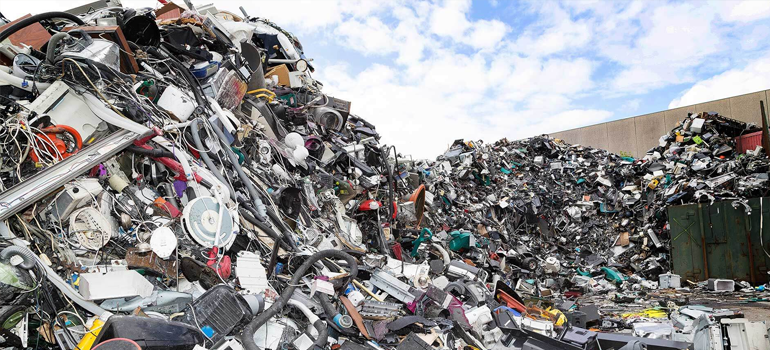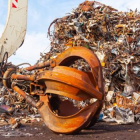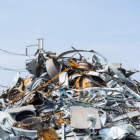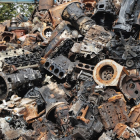Electronic waste (e-waste) is one of the fastest-growing waste streams globally, with millions of tons discarded each year. However, this waste holds hidden value, as scrap electronics contain valuable metals such as gold, silver, and copper. In this blog, we will explore how businesses are turning e-waste into wealth by recovering precious metals and recycling components from old electronics.
What is E-Waste?
E-waste refers to discarded electronic devices like smartphones, computers, televisions, and household appliances. As technology evolves rapidly, consumers and businesses are upgrading devices more frequently, resulting in a growing pile of obsolete electronics. Common e-waste includes:
- Computers and Laptops
- Mobile Phones
- Televisions and Monitors
- Refrigerators and Microwaves
- Servers and Network Equipment
The Hidden Value in E-Waste
Many electronics contain valuable metals, including:
- Gold: Found in small quantities in circuit boards, processors, and connectors.
- Copper: Widely used in cables, wiring, and printed circuit boards.
- Silver: Found in contact points, connectors, and soldering.
- Rare Earth Metals: Elements like palladium, platinum, and cobalt are found in high-tech devices like smartphones and medical equipment.
These metals can be recovered and sold, creating a profitable business for companies involved in e-waste recycling.
How E-Waste Recycling Works
- Collection and Sorting: E-waste is collected from businesses, individuals, and recycling centers. Devices are sorted based on type and material.
- Disassembly: Electronics are dismantled by hand or machine to separate valuable components, such as circuit boards, metals, and plastic casing.
- Recovery of Metals: The separated components are sent to specialized facilities, where precious metals are extracted through chemical or mechanical processes.
- Recycling of Non-Metal Components: Plastics, glass, and other materials are recycled separately, reducing the amount of waste sent to landfills.
Business Opportunities in E-Waste Recycling
E-waste recycling is a growing industry with several profitable avenues:
- Precious Metal Recovery: Companies can earn significant revenue by recovering gold, silver, and copper from discarded electronics.
- Recycling and Reselling: Businesses can refurbish and resell electronic components like processors, hard drives, and memory chips.
- Eco-Friendly Branding: Offering e-waste recycling services can improve a company’s reputation, as consumers and businesses increasingly prioritize sustainability.
Challenges in the E-Waste Industry
Despite its potential, the e-waste industry faces several challenges:
- Toxicity: E-waste contains harmful materials like lead and mercury, which must be handled with care during the recycling process to avoid environmental contamination.
- Global Disparities: Many developing countries lack the infrastructure for proper e-waste recycling, leading to illegal dumping and environmental harm.
- Complexity of Devices: Modern electronics are more complex than ever, making it harder to disassemble and recover valuable materials.
The Future of E-Waste Recycling
As e-waste continues to grow, the need for efficient recycling solutions will only increase. Innovations in material recovery technologies and global cooperation on e-waste management are critical to the future of this industry. Governments are also stepping in with stricter regulations on e-waste disposal, creating more opportunities for businesses to invest in this sector.
Conclusion
E-waste represents a significant opportunity for businesses to turn waste into wealth while reducing the environmental impact of discarded electronics. With the right approach, companies can recover valuable metals, resell components, and contribute to a more sustainable tech industry.






